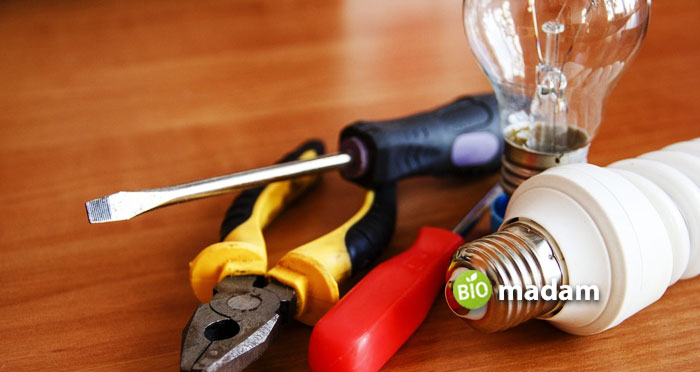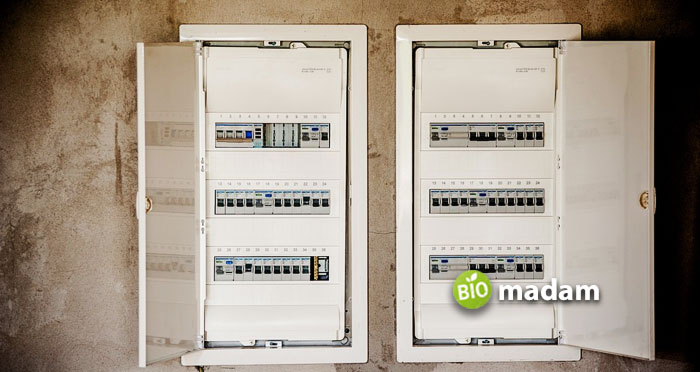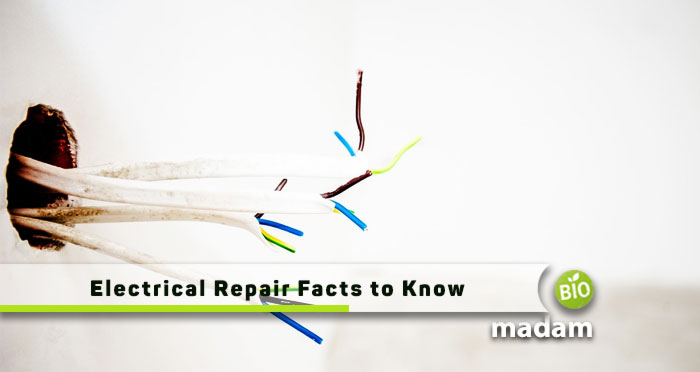When it comes to electrical repairs, many homeowners feel like they can handle anything that comes their way. After all, electricity is a basic necessity in the modern world, and most people have at least a rudimentary understanding of how it works. Understanding electric work can also help you revamp your house within budget.
But even if you know the basics, some electrical repairs are best left to the professionals so let’s see some of the most common electrical repairs that people make around the house, along with a few tips on when to call in a pro.
Fixing a Blown Fuse

A blown fuse is one of the most common electrical repairs that people have to make around the house, and if you’ve ever lost power in your home and had to replace a fuse, then you know how to do this repair. But even if you’ve never done it before, it’s a relatively easy repair to make. Just head to your fuse box, locate the blown fuse and replace it with a new one of the same amperage.
You can also try to figure out what caused the fuse to blow in the first place. If it’s something like a power surge, then you might just need to replace the fuse and be done with it. But if it’s something more serious, like an overloaded circuit, then you’ll need to take steps to fix that before replacing the fuse or you’ll just end up blowing it again.
Changing a Light Switch
A burnt-out light switch is another common repair that people have to make around the house and is usually necessary when a switch wears out from constant use or if it becomes damaged.
While changing a switch is a relatively easy repair to make, you must take the proper safety precautions before beginning work. Make sure to turn off the power to the switch at your fuse box or breaker panel before you begin so that you don’t accidentally shock yourself.
Once the power is off, you can remove the switch plate, however, be sure to tighten all of the screws so that the new switch is secure, then replace the switch plate and turn the power back on at the fuse. Of course, if you use this link, you can see that changing a light switch is also on the list of electrical professionals. This can be a safe option if you don’t feel comfortable or aren’t confident in your abilities.
Replacing an Outlet
Over time, outlets can become worn out from constant use and need to be replaced and while this is a repair that you can usually do yourself, it’s important to make sure that you buy the right replacement outlet for your home. If you have an older home with two-pronged outlets, then you’ll need to replace them with three-pronged outlets that are properly grounded.
If your home has three-pronged outlets, then you can usually just replace the outlet without having to worry about grounding, but it’s still a good idea to check with an electrician or your local building code office to be sure.
Adding a Light Fixture
If you want to add a new light fixture to your home, it’s important to make sure that you follow all of the proper safety precautions. Sure, at the fuse box or breaker panel you’ll need to turn off the power to the circuit that you’ll be working on. Once the power is off, you can remove the old light fixture and install the new one in its place.
Be sure to use the correct type of wire and connections for your new light fixture, and if you’re not sure, it’s always best to consult with an electrician before beginning work. Once the new light fixture is installed, you can turn the power back on and enjoy your new light.
Installing a Ceiling Fan
Ceiling fans are a great way to keep your home cool in the summer and can also help circulate heat in the winter, making them a great addition to any home. But before you begin installing your new ceiling fan, there are a few things that you need to take into consideration.
Is your ceiling strong enough to support the weight of the fan? How high is your ceiling? What size fan do you need? These are all important factors to consider before beginning work and once you’ve answered them, you can begin the installation process.
Besides turning off the power to the circuit that you’ll be working on, the rest of the installation process is fairly straightforward. You’ll need to mount the bracket that holds the fan to the ceiling, then connect the wires and install the blades. Once everything is in place, you can turn the power back on and enjoy your new ceiling fan.

While there are many electrical repairs that you can do yourself, there are also some that are best left to the professionals. If you’re ever in doubt about your abilities or the repair that you’re attempting, it’s always best to err on the side of caution and call an electrician.
Not only will they be able to safely and correctly complete the repair, but they may also be able to give you some tips on how to avoid future problems.

Hi, they call me Jenna, and I am also known for achieving a gold medal during my Ph.D. in science life. I always had a dream to educate people through my utmost writing hobby. So, I chose this blogging path, and Biomadam gave me this opportunity to present for them. I now stand to entertain you. Continue reading my articles & discuss if you’ve any confusion through the comment section below.

